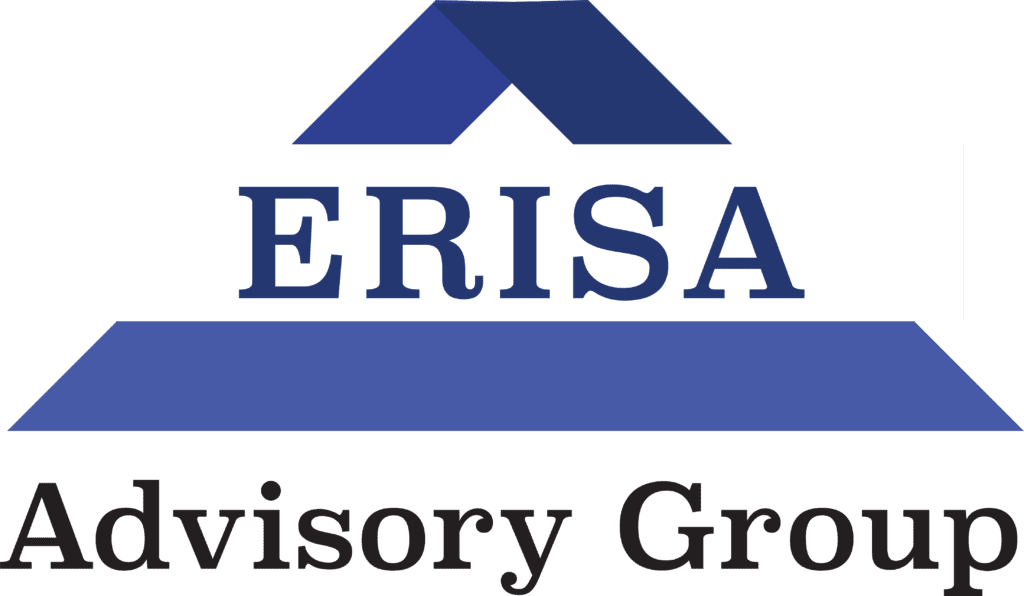ERISA Insider Vol II., Ed. V: Considering a Captive? Here’s How To Make It ERISA Compliant
Captive Insurer Arrangements are becoming more popular with PEOs and large organizations that want to save on employee benefit costs. The key to success is ensuring legal compliance.
Dear Employer,
As a business owner or organization leader, having the right insurance arrangement is critical to your future growth strategy. This becomes even more important as you make the decisions for self-insuring your company as well as funding employee benefits.
In this newsletter, we are going to talk about some of the most frequently asked questions involving self-insurance and using captive insurance to provide employee benefits that are ERISA compliant.
Self-Insurance, Captives, and Compliance
A common method of risk management is known as “self funded insurance” (or self-insured). When an organization chooses to self-insure, they put money aside to fund future losses rather than enter into a contractual agreement for coverage from a third party commercial insurance company.
This can be compared to a traditional savings account in which money is put aside and used to cover future risks. This has the benefit of saving on the costs of commercial insurance premiums, and provides other cash-flow related advantages.
For example: when a company purchases an insurance policy to provide benefits to employees, the policy will be subject to state insurance law.
However, if plan benefits are funded by the employer (self-insured), the plan does not have to comply with state insurance law due to ERISA pre-emption. It’s for this reason many companies seek self-insurance.
What is a Captive Insurer Arrangement?
To put it simply, a captive insurance company is a type of self-insurance in which an organization forms a separate, licensed insurance company that provides coverage for a group of affiliated companies or just the parent company.
Companies have prioritized Captive benefit plans to help reduce costs associated with employee benefits, and to improve coverage for their participants and beneficiaries. Beyond just cost savings, captives are used to fund employee benefits because they provide:
- Greater Control of Benefit Plan and Design
- Less Reliance on Commercial Insurers
- Reduced Premiums for Employees and/or improved coverage
- Cash flow and additional revenue streams for the captive
- Tax benefits that are more advantageous vs self insured
Due to these advantages, it’s a logical and economical decision to self-insure with a captive in many situations. It’s likely why you may be considering a captive for providing employee benefits.
The key difference between self-insurance and a captive is that a captive is a subsidiary that provides insurance solely for the parent company. This is commonly a formal and sophisticated arrangement that is more robust than a simple ‘rainy day fund’ used to cover losses.
Captives can also be used to cover employee benefits which can give your company more flexibility when providing benefits.
Captives are similar to Multiple Employer Welfare Arrangements (MEWAs), however the difference here is that MEWA premiums from multiple employers are commingled into a single trust and used to purchase insurance or pay claims directly. The biggest issue with MEWAs is the employer has very little, to no control over the funds. In addition, MEWAs are heavily regulated which makes captives a better alternative.
In the earlier years, Captives were used exclusively to insure the risks and properties of company owners. However, in recent decades, laws and regulatory obstacles have changed giving captives near limitless options for most types of coverage.
The use of captives to insure employee benefits has grown in popularity globally. Since the 90’s a combination of rising medical costs, an aging population, and declining health standards has increased the costs of benefit plans for employees. This has made employee benefits a focus for captive insurance companies.
The caveat is that the captive must remain in strict compliance with ERISA or else fiduciaries and plan sponsors can face fines, penalties, and excise taxes (and in some instances – jail time).
It doesn’t help that the Employee Benefits Security Administration (EBSA) has been increasing investigations into ERISA compliance errors over the last 4 years.
In many situations a fiduciary can unknowingly (or knowingly) violate ERISA with prohibited transactions or by self-dealing with the captive. That makes it crucial that the fiduciary assigned to the captive is not only experienced, but also ensures all DOL conditions are met.
Therefore, staying in compliance is critical to maintaining a captive, or any form of self-insurance that covers employee benefits.
Steps To Forming A Captive Insurance Company and Staying Compliant With ERISA
Forming a captive is a complex and sophisticated process requiring approval from the United States Department of Labor. This can be a time and resource intensive process that can take over 3 months to get approval. That’s if everything goes flawlessly under the DOL’s ExPro process.
The captive process starts with a feasibility study and an actuarial analysis of the company’s financial history. After that, the goals of the captive should be further outlined which will help the organization decide if the captive is a feasible option.
Then the captive must decide where it will be domiciled as different territories can have unique regulatory advantages and disadvantages. The feasibility study and your goals will help you make this decision.
The First Step To DOL Approval
In the US, the first step to get DOL approval for insuring ERISA benefits is to get a prohibited transaction exemption.
An independent fiduciary must be assigned to the captive to ensure all DOL conditions are met and that the benefits are in the best interest of the employees of the parent company.
This is an important point as the DOL is specifically looking to see that the plan is designed to favor the best interests of participants and beneficiaries, rather than the employer or plan fiduciaries. Both of these objectives can usually be met when forming a captive.
The captive must choose from a highly rated fronting company (which can add to costs). The captive must also be subject to US regulation meaning that it must be domiciled in a US state or territory. When these requirements are met, a captive can be approved by the DOL.
Rules For Captive Ownership, Setting Fees, and Avoiding Prohibited Transactions
Ownership of a captive can be single owner or group ownership. A single owner captive, also known as a Pure Captive, insures its own risks and those of its affiliates. Pure Captives can also be owned by multiple, non related organizations for the purpose of insuring the risks of the owners.
Another type of captive ownership is known as a Sponsored Captive. In this form of ownership, multiple unrelated owners control the captive. These are often referred to as ‘rental-captives’ and ‘cell captives’.
With the captive formed and operating, a common question asked is can owners of the captive receive fees for ownership?
In the US, the short answer is yes, captive owners can collect fees. However, they need to understand prohibited transaction rules when dealing with parties in interest under ERISA 3(14).
Some examples of prohibited transactions include:
- Sale or exchange, or leasing, of any personal property between the plan and a party in interest
- Lending of money or other extension of credit between the plan and a party in interest
- Furnishing of goods, services, or facilities between the plan and a party in interest
- Transfer to, or use by or for the benefit of a party in interest, of any assets of the plan; or
- Acquisition, on behalf of the plan, of any employer security or employer real property in violation of Section 407 of ERISA. (29 U.S. Code §1106)
Another common question in regard to fees is, can the owner of the captive set their own fees?
Again the short answer is yes, but the owner will need to go through the Request For Proposal (RFP) process just as you would to hire any service provider who collects fees from the plan.
This process ensures that fees paid from the plan are reasonable and that quality of service is maintained as required under ERISA.
As mentioned previously, the DOL wants to see that employees benefit from the captive and it is not just used to create cash flow for the owners. By going through the RFP process for your ERISA plan, you can set reasonable fees that accomplish this.
Conclusion: To Make Your Captive Arrangement ERISA Compliant – Hire An Independent Fiduciary
Forming a captive and keeping it compliant is not an easy task, nor is it feasible to do on your own.
Even experienced fiduciaries can make costly mistakes including prohibited transactions that can cost plan sponsors and fiduciaries potential civil and criminal penalties. An audit by the EBSA can and has resulted in jail time, so it’s critical your fiduciary knows exactly what they are doing.
An independent fiduciary can also act as your 3(16) Plan Administrator which can make the process to DOL approval significantly easier with less roadblocks. They can also establish the proper relationship with the regulatory agencies involved with your captive.
As the Plan Administrator, an independent fiduciary can conduct a thorough RFP for services, and help you set your own fees that keep your plan ERISA compliant.
If you are considering forming a Captive to fund your plan, the ideal solution is to hire an independent fiduciary that understands the inner workings of ERISA, prohibited transactions, and how the DOL operates.
Need An Independent Fiduciary That Can Keep Your Captive In Compliance With ERISA?
Contact the ERISA Advisory Group so we can help you stay legally compliant as well as navigate the complexities of Captive Insurance Arrangements.
The ERISA Advisory Group was founded in 1995 by William Kropkof, CEBS, a former DOL investigator, meaning we know where the common legal pitfalls are and we have the map to avoid them.
Avoid the costly penalties that inexperienced fiduciaries can unintentionally create in this strict regulatory environment.

